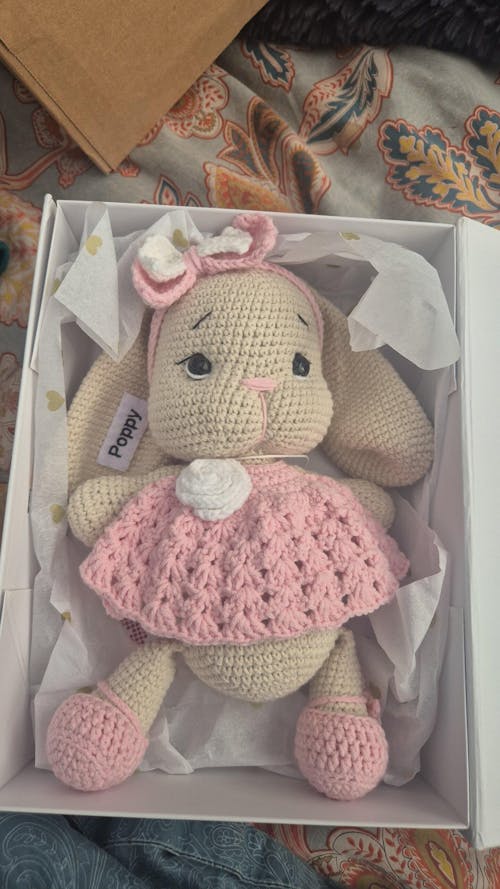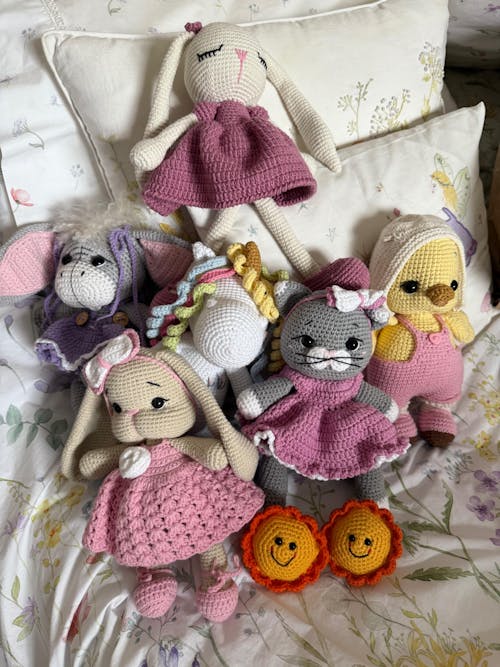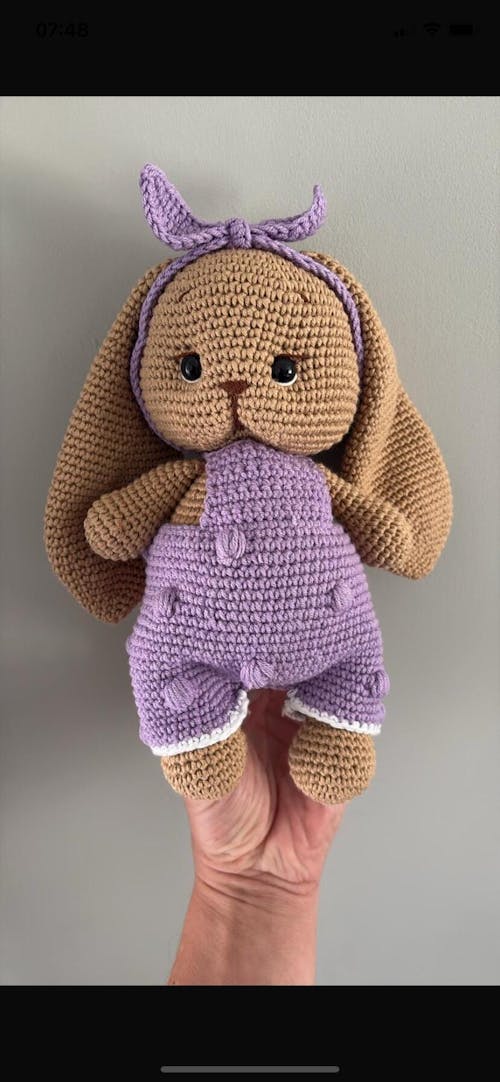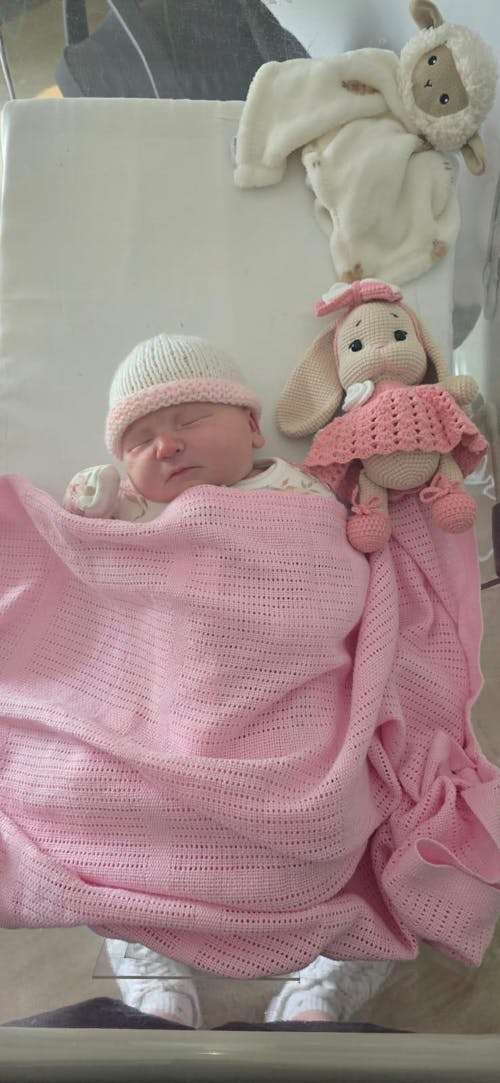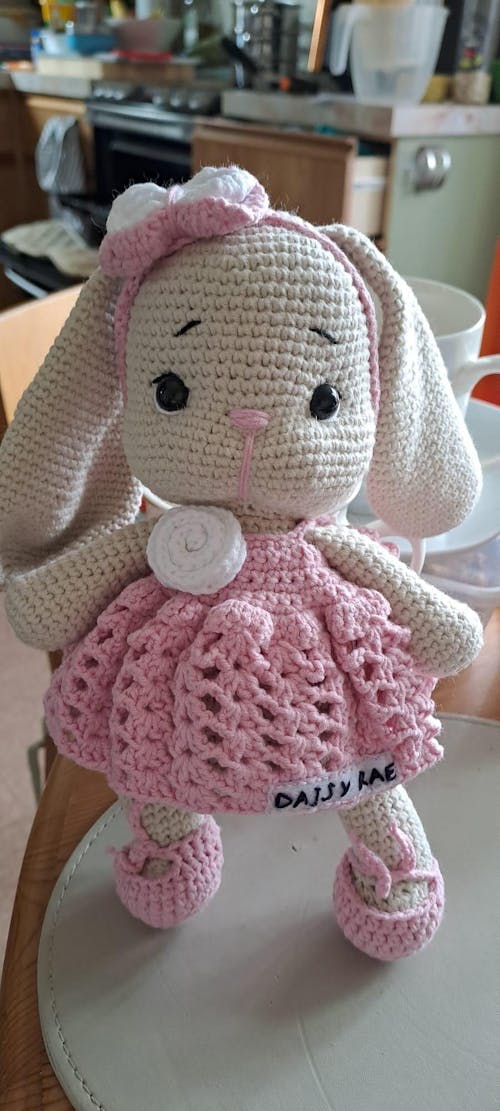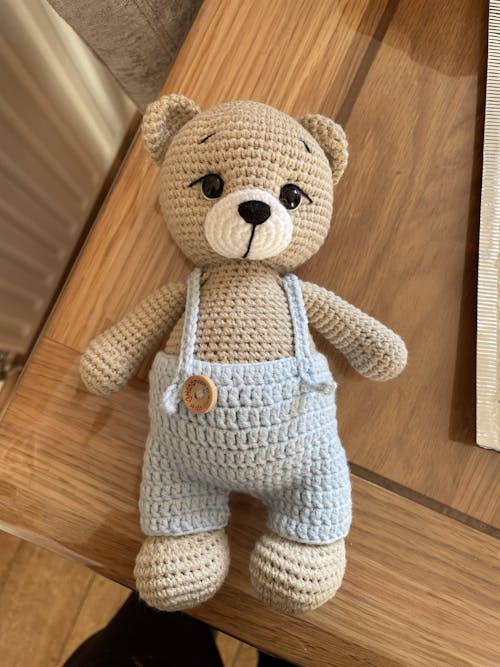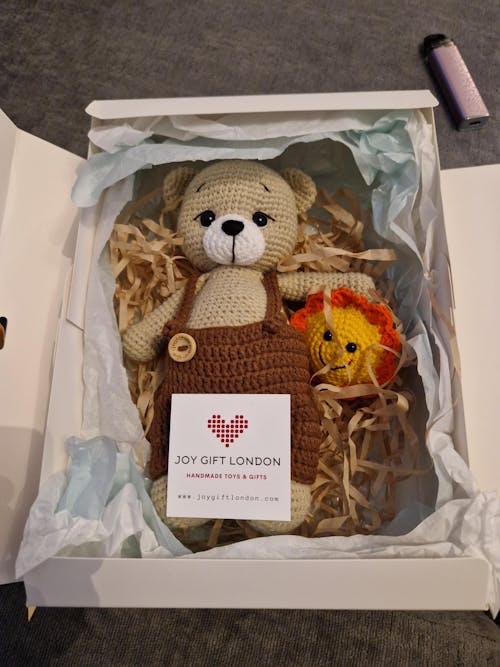Complying with European Toy Safety Directives for Handmade Crochet Toys
Share
Introduction
Handmade crochet toys are cherished for their uniqueness and craftsmanship. However, to sell these toys in the European market, you must comply with stringent safety standards. This blog post will guide you through the steps necessary to ensure your handmade crochet toys meet the European Toy Safety Directives.
Why Compliance is Important
Compliance with the European Toy Safety Directives is mandatory for selling toys within the European Economic Area (EEA). These directives ensure that toys are safe for children, preventing risks such as choking, toxicity, and flammability. Non-compliance can result in legal repercussions, including fines and bans on selling your products.
Overview of European Toy Safety Directives
The primary directive governing toy safety in the EU is the Toy Safety Directive 2009/48/EC. This directive outlines the essential safety requirements that toys must meet, covering physical, mechanical, chemical, electrical, flammability, hygiene, and radioactivity aspects.
Key Standards for Compliance
1. EN 71 Standards
The EN 71 series of standards specify safety requirements for toys sold in the EU. Key parts include:
- EN 71-1: Mechanical and physical properties
- EN 71-2: Flammability
- EN 71-3: Migration of certain elements (chemical safety)
2. REACH Regulation
REACH (Registration, Evaluation, Authorisation, and Restriction of Chemicals) ensures that chemicals used in toys do not harm human health or the environment. This includes restrictions on hazardous substances like phthalates, lead, and cadmium.
Steps to Comply with the European Toy Safety Directives
1. Conduct a Risk Assessment
Evaluate potential hazards associated with your crochet toys, such as:
- Choking hazards from small parts
- Sharp edges or points
- Toxic materials
- Flammability risks
Document these risks and outline measures taken to mitigate them.
2. Use Safe Materials
Ensure that all materials used in your crochet toys, including yarn, stuffing, and embellishments, are non-toxic and safe for children. Verify that these materials comply with EN 71 and REACH standards.
3. Design and Construction
- Securely attach small parts to prevent choking hazards.
- Ensure the toy's durability to withstand normal play without breaking or becoming hazardous.
- Avoid using easily flammable materials.
4. Perform Required Testing
Testing is crucial to confirm compliance with safety standards. Key tests include:
- Mechanical and Physical Testing (EN 71-1): Check for small parts, sharp edges, and overall durability.
- Flammability Testing (EN 71-2): Ensure the toy does not easily catch fire.
- Chemical Testing (EN 71-3 and REACH): Verify the absence of harmful chemicals.
Testing can be done in-house if you have the capability, but using accredited laboratories is recommended for official certification.
5. Prepare Technical Documentation
Compile a technical file that includes:
- A detailed description of the toy
- Safety data sheets for materials used
- Test reports and risk assessments
- A Declaration of Conformity (DoC), affirming that the toy meets the relevant safety standards
6. Affix the CE Mark
Once compliance is confirmed, you can affix the CE mark to your product. The CE mark should be:
- Visible
- Legible
- Indelible
The CE mark indicates that your toy meets all EU safety, health, and environmental protection requirements.
Maintaining Compliance
Compliance is an ongoing process. Regularly review and update your risk assessments, materials, and production methods to ensure continued conformity with the latest standards. Stay informed about updates to the Toy Safety Directive and related regulations.
Conclusion
Complying with European Toy Safety Directives is essential for ensuring the safety of your handmade crochet toys and successfully selling them within the EU market. By following the steps outlined in this guide, you can confidently certify your toys, demonstrating your commitment to safety and quality.
Additional Resources
By adhering to these guidelines, you can ensure that your handmade crochet toys are safe, compliant, and ready for the European market.

